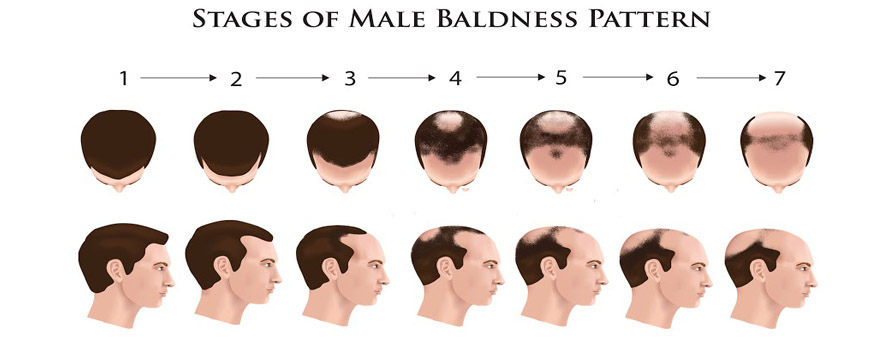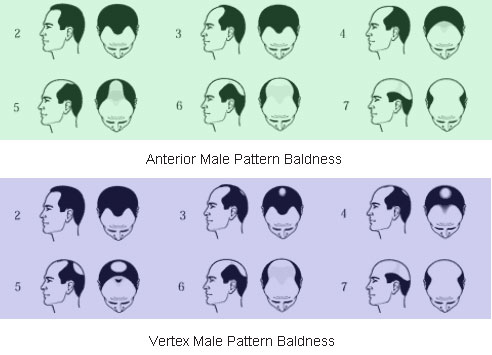Schedule Your Consultation with Dr. Prasad Here
- Home
- About Dr. Prasad
- Face & Eyes
Eyelifts
- Eyelid Surgery
- Eye lift Before and After Photos
- Asian Eyelid Surgery
- Upper Eyelid Surgery
- Upper Eyelid Hollow / Lower Brow Hollowing
- Under Eye Bag Surgery
- Eyelid Ptosis Surgery
- Transconjunctival Blepharoplasty
- Under Eye Fillers
- Eyelid Surgery Revision Specialist
- Thyroid Eye Disease
- Tear Trough Implants
- Eye Lift Questions and Answers
- Body
- Injectables
- Laser
- Hair Restoration
- Photos
- Hair Restoration Before and After Photos
- Eye lift Before and After Photos
- Upper Blepharoplasty Before and After
- Ptosis Surgery Before And After
- Facelift Before and After Photos
- Lip Enhancement Before and After Photos
- Under Eye Filler Before and After
- Blepharoplasty Before and After
- Lower Blepharoplasty Before and After Photos
- Eyelid Surgery Before and After
- Double Eyelid Surgery Before and After
- Contact Us
- Home
- About Dr. Prasad
- Face & Eyes
Eyelifts
- Eyelid Surgery
- Eye lift Before and After Photos
- Asian Eyelid Surgery
- Upper Eyelid Surgery
- Upper Eyelid Hollow / Lower Brow Hollowing
- Under Eye Bag Surgery
- Eyelid Ptosis Surgery
- Transconjunctival Blepharoplasty
- Under Eye Fillers
- Eyelid Surgery Revision Specialist
- Thyroid Eye Disease
- Tear Trough Implants
- Eye Lift Questions and Answers
- Body
- Injectables
- Laser
- Hair Restoration
- Photos
- Hair Restoration Before and After Photos
- Eye lift Before and After Photos
- Upper Blepharoplasty Before and After
- Ptosis Surgery Before And After
- Facelift Before and After Photos
- Lip Enhancement Before and After Photos
- Under Eye Filler Before and After
- Blepharoplasty Before and After
- Lower Blepharoplasty Before and After Photos
- Eyelid Surgery Before and After
- Double Eyelid Surgery Before and After
- Contact Us

Hair Loss Causes
There are many possible causes of hair loss, however, one must also keep in mind that most hair loss is normal and part of each person’s individual genetic makeup. We hope the following information will help you better understand how hair loss works and your options for treatment.
Normal Hair Loss
We all lose hair everyday. Hair grows for a period of time, usually 2 to 6 years, and then the follicles shed the hair and go into a resting phase for approximately 3 months, after which a new hair growth cycle begins. It is normal to lose between 50 to 150 hairs per day from normal shedding.
Pattern Hair Loss
Androgenetic alopecia is the scientific name for the genetic predisposition in both men and women for pattern baldness. Pattern hair loss in men is often referred to as Male Pattern Baldness (MPB). Androgenetic alopecia is the cause of over 95% of all pattern hair loss, including baldness in men and thinning hair in women.
Pattern hair loss occurs in somewhat predictable stages, and is relentlessly progressive. Usually the earlier in life pattern hair loss begins, the more advanced the pattern will ultimately become. Studies have shown that pattern loss is increasingly evident and advanced as people age.

In MPB, the hairs on the top of the scalp have a genetic sensitivity to the male hormone testosterone (DHT). The hairs on the sides and back of the scalp do not possess this genetic trait and therefore are not affected.
For this reason, hairs removed from the sides and the back (Donor Hair) will maintain their genetic predisposition when transplanted and continue to grow when moved to the top of the scalp where hair loss has occurred.
Delayed Loss from Stress
Telogen effluvium is a slowing of new hair growth resulting from sudden severe stress, followed by a delayed shedding of hair. The stress induces a high proportion of follicles to enter the resting stage, and a few months after the stressful event, all of the resting follicles begin to shed hairs at about the same time.
Alopecia areata
Alopecia areata is an immune system disorder, which causes hair follicles to stop producing hairs. Sudden loss of hair from small patches on the head is a common symptom. Advanced forms of the disorder include alopecia totalis, where all hair on the head is lost, and alopecia universalis, which results in the absence of all body hair.
Hair Pulling
Traction alopecia is the loss of hair from constant pulling, often the result of tightly braided hairstyles and hair weaves.
